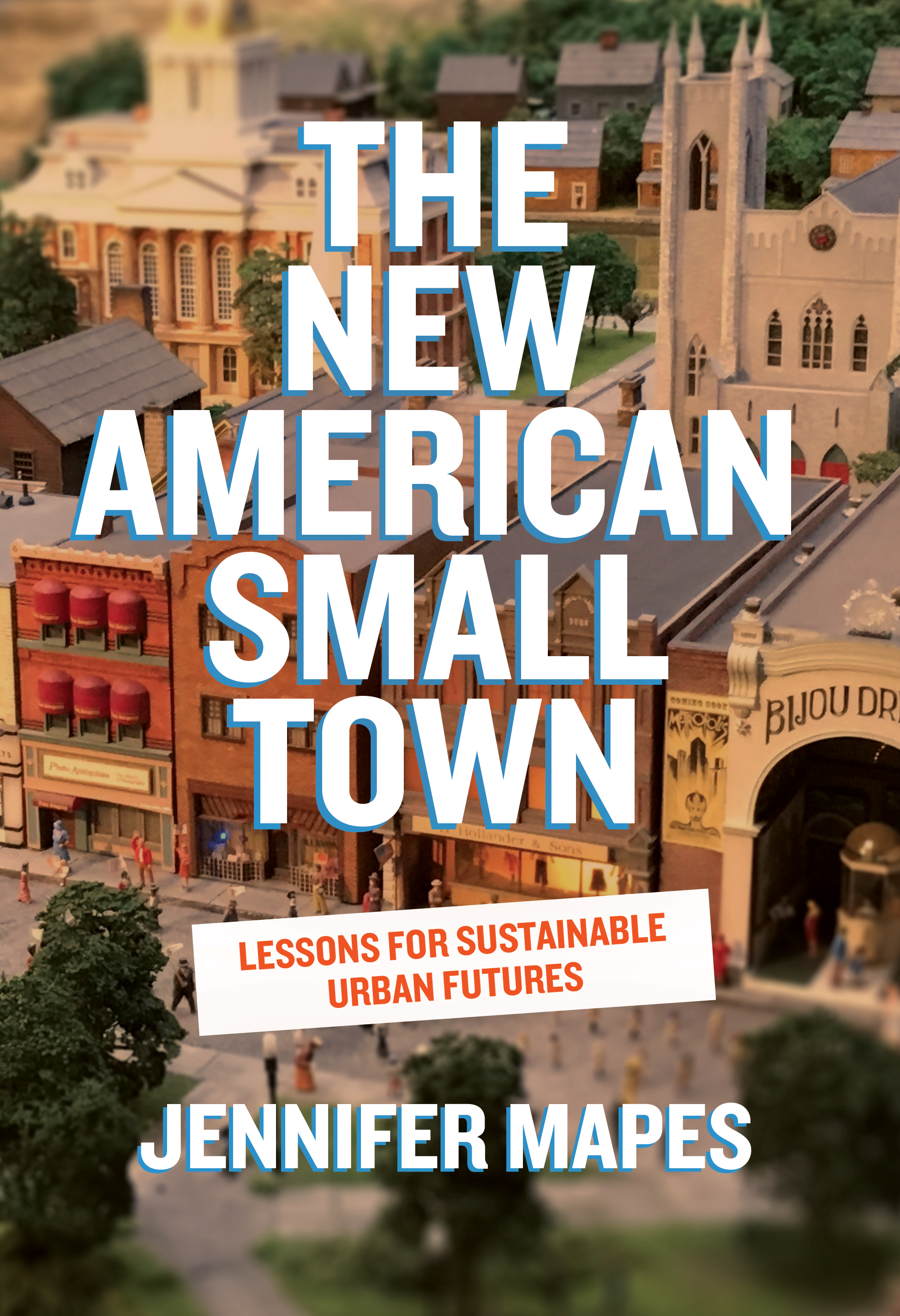The New American Small Town
Lessons for Sustainable Urban Futures
Summary
What makes a sustainable city? When planners and politicians talk about making cities more sustainable, they often describe changes to large urban centers like New York City or Los Angeles. Yet when they suggest solutions for sustainable living, they talk about walkable neighborhoods, traditional architecture, and diverse land uses; they talk about small towns. Planners and developers are now working to introduce a “small-town feel” into our large cities and suburbs in hopes that it will provide a sense of community and reduce the use of automobiles.
So, what of small towns themselves? We don’t talk about these places as much. They are often assumed to be utopias of the past or crumbling ghost towns of the present day rather than places with potential for sustainable living. This book critically examines narratives of American small towns, contrasting them with lived experiences in these places, and considers both the myth and reality in the context of current urban challenges. Interweaving stories from and about U.S. small towns, it offers lessons in sustainable urbanism that can be applied both in the towns themselves and to the larger cities and suburbs where most Americans now live.
Contents
List of Figures
Introduction: The Myth of the American Small Town
Chapter 1: Defining and Describing Small Towns in the US
Chapter 2: The Small Town in the American Imagination
Chapter 3: New Urbanism and the New Small Town
Chapter 4: Small Towns and the Rise of Donald Trump
Chapter 5: Dreaming Big in Small Towns
Chapter 6: Sustainable Futures for Ordinary Cities
Conclusion: Transforming the American Small Town
Acknowledgments
Notes
References
Author
Jennifer Mapes is assistant professor of geography at Kent State University. A community geographer, she researches with local stakeholders to help build more sustainable, just futures. Jen and her family live, work, and play in downtown Kent, Ohio.
Reviews
"The book offers hope-filled portraits of small towns as livable, sustainable, and diverse places and serves as an important corrective to the media narrative of alienated, left-behind rural voters."
—Mark Bjelland, author of Good Places for All










